Arrival: Mariscal Sucre International Airport. Transfer to the hotel. (1 hour)
Accommodation: Patio Andaluz Hotel
-/-/-
Breakfast at the hotel.
Pick up from the hotel to visit the Quito Cable Car.
The cable car has become one of the main attractions of Quito since it opened its doors in 2005. The cable car is an excellent option to have a panoramic view of the Pichincha Volcano and the landscape of Quito. It starts at 2,950 meters above sea level and reaches 4,050 meters above sea level: the crest of Cruz Loma, next to the Pichincha volcano.
It has 18 cars, which will go up the mountain range for 10 minutes. At 4050 meters, you will be greeted by a large scenic landscape. The páramo of the Pichincha volcano, at the top of Cruz Loma, offers a spectacular view of the entire city of Quito. If the climate favors you can see some major elevations of the Andes mountain range such as Cayambe, Antisana, Cotopaxi, Pasochoa, Rumiñahui. Besides the beautiful view offered, here is the Andean landscape, the cold wilderness with almost straight, flat road to the summit of Rucu Pichincha, Pichincha’s most visible elevation from Quito.
Then we continue to Quito Old Town.
Quito city tour is perfect for seeing fascinating panoramas, churches, domes and roofs that have an important historical value. You will admire and learn about colonial art, architecture, culture, legends, and traditions. Quito, the capital of Ecuador, was founded in the 16th century on the ruins of an Inca city and stands at an altitude of 9.350 feet. Despite the 1917 earthquake, the city has the best-preserved, least altered historic Center in Latin America. The architecture and rich interiors, are pure examples of Quito School of sculpture, which is a fusion of Spanish, Italian, Moorish, Flemish and indigenous art. After 3 incredible hours exploring the Old Town, you’ll understand why Quito was the world’s first city named to UNESCO’s Cultural Heritage list.
In the old town we are going to visit:
- Basilicia Church: is the Biggest Neogothic Church in South America. This religious construction was designed by the French architect Emilio Tarlier, who was inspired by the Parisian cathedral of Notre Dame.
- Plaza Grande: Plaza de la Independencia, locally known as Plaza Grande, is where Quito’s daily life and historic and national symbolism collide. In the center of the Plaza de la Independencia we find the monument to the Heroes of Independence that was built at the beginning of the 20th century, which symbolizes the triumph of the Republic against the Spanish colony. Around the Plaza you can visit the Carondelet Plaza and Archbishop’s Palace.
- Compañía de Jesús Church: is Quito’s most ornate church and a standout among the baroque splendors of the Old Town. It is a Jesuit church, and one of the most interesting and spectacular in Quito. From the outside the church is distinctive for its green and gold domes.
- San Francisco Church: It stands proud on one side of the main square in the old town of Quito. Was built on the site of an Inca temple, which means it stands slightly higher than some of the other buildings in the city. It is considered to be a baroque church, and one of the most important in the city. Throughout the church are both Catholic and indigenous symbols.
- Panecillo Hill: It is the most important natural viewpoint of Quito. The Panecillo is currently crowned by a giant aluminum sculpture of the «Virgin of Quito», created in 1975 by the Spaniard Agustín de la Herrán Matorras, which was based on the Virgin of Legarda or Apocalyptic Virgin; 18th century work by Bernardo de Legarda, one of the most important representatives of the Quito School.
At the afternoon, you will visit: “Cuidad Mitad Del Mundo” and Intiñan Museum.
1.) “Ciudad Mitad del Mundo”
“Ciudad Mitad del Mundo” is touristic, cultural, scientific and commercial artificial city of Ecuador. Its architecture is based on colonial style. An obelisk and a museum relevant to its geographical location were built at the Middle of the World site. All of this is found among the drastic landscape surrounded by nature and modern buildings. The monument is crowned by a metallic sphere that represents the Earth. It is named Equatorial Monument and it geographical orientation coincides with the four cardinal points and is located precisely at Earth’s midpoint — 0 degrees latitude, 0 minutes, 0 seconds.
2.) Intiñan Museum
Since the year 1960, the Intiñan Museum in Quito has been a center for the promotion of the many aspects of Ecuador’s culture. This museum offers interactive exhibits on how the Incas determined the middle of the earth, plus interesting science experiments such as balancing an egg on a nail and why water rotates in opposite directions on opposite sides of the Equator and why it’s difficult to walk in a straight line along this imaginary line.
Accommodation: Patio Andaluz Hotel
B/-/-
Breakfast: at the hotel.
Early in the morning, you begin the exciting and colorful journey to Otavalo, in Imbabura province. Your first stop will be in Guayllabamba, here you can find “cherimoya”, a traditional fruit that you can try if you want to.
Continuing your way, you will arrive to the “Mirador de San Pablo”, where you can appreciate the unique landscape of the lake that sits at the foot of Imbabura volcano.
In the afternoon you will arrive to Otavalo, a handicraft market of the city, known as “Plaza de Ponchos”, on this site you’ll find carpets, wool coats, bags and pottery made by the native Otavalo Indians (Otavaleños). Also you will visit Peguche Waterfall which is a beautiful waterfall of 50 ft. in height, formed by the river of the same name, and starts at Lake San Pablo. The waterfall is one of the most important tourist attractions of Otavalo. Because of its proximity and easy access. This beautiful waterfall is considered as an Indigenous Ceremonial Site due to the purification baths held here a couple days prior the Inti Raymi celebration (Sun and harvest celebration, June 21st). Transfer to the hotel.
Accommodation: Hacienda Pinsaqui
B/-/-
Breakfast: at the hotel.
In the morning we will continue to El Angel Ecological Reserve. Located in El Angel-Carchi, a village two hours from Ibarra, it has a natural vegetation adapted to cold climates, a real sponge that supplies water for the entire province of Carchi. It is one of the most humid highlands of Ecuador, which offers a variety of flora especially frailejones (endemic to the Andes), polylepis trees and typical landscape of the moorlands. Its fauna is diverse and we can find deer, wolves, rabbits, ducks, moor doves that inhabit in the three lagoons.
Accommodation: Polylepis Lodge
B/-/D
Breakfast: at the lodge.
In the morning you can take a walk around the Polylepis Forest. This forest is considered to be the only one of its type in the world as it is millennial and primary composed of polylepis “paper” trees. Then we will continue to visit Cuicocha Lagoon. The Cuicocha Lagoon is located 12 km southwest site of Cotacachi town, it is part of the Cotacachi-Cayapas Ecological Reserve, occupies part of the provinces of Imbabura and Esmeraldas. Cuicocha is a collapsed volcanic crater, but still shows signs of activity. Inside the lagoon there are two islets called Teodoro Wolf and Jose Maria Yerovi, its midst is separated by narrow water passage which only can be crossed by kayak or paddle- boat. The lagoon has a beautiful crystal waters and has a depth of approximately 200 m. Transfer to the hotel.
Accommodation: Hacienda Cusin
B/L/-
Breakfast: at the hotel.
In the morning we start to return to Quito. Our first stop is a rose plantation, where you can learn about all the diversity and colorful roses that Ecuador produces. You will be able to take a closer look at what goes into the process of cultivating these beautiful flowers as well as the behind the scenes of the exportation and bouquet making processes.
The we continue to Pululahua volcano, is one of the largest volcanic craters in the world, 34km2 and 5km wide, which was last active about 2500 years ago. There is a lava dome rising 500m at the center which is covered in lush cloud forest vegetation. Pululahua was declared a Geobotanical Reserve in 1966. Pululahua is Quichua for a cloud of water in reference to the fog that rolls in everyday at midday to fill the crater (it’s best visited early in the morning for this reason!) and which is the only real source of water for local crops. It is one of the only two inhabited volcanic craters in the world, and the only one which is cultivated due to its rich soils on the crater floor. Pululahua enjoys a unique microclimate which supports cloud forests, orchids and all kinds of plants that grow on the crater walls and lava dome. Transfer to the hotel.
Accommodation: Crater Hotel
B/-/-
Breakfast at the hotel.
Transfer to Bellavista Lodge. Leaving Quito, we descend a scenic mountain road reaching the turn to Bellavista, you climb to the top of the mountain, again with fabulous views, where Bellavista’s lodge is perched. Settle into your room, and enjoy the flurry of the hummingbirds or take a hike into the forest on our varied trails.
After lunch, you can take a hike on your own into the forest, or go on one of our (included) guided hikes. Your guided hike will acquaint you with the exuberant vegetation of the cloud forest, its bird life, and the fascinating adaptations to life in this special environment. The evening is relaxed; we will help you to discover the incredible variety of moths, many of which are unknown to science.
Accommodation: Bellavista Lodge
B/L/D
After a refreshing night’s sleep, an ample breakfast is served.
Afterwards, take a guided hike or explore further on your own.
After lunch, an afternoon hike deep into the valleys of the reserve is recommended, and in the evening it is possible to see night birds and more.
Accommodation: Bellavista Lodge
B/L/D
Breakfast: at the hotel.
Then depart for Yanacocha Reserve. We head towards the Yanacocha Ecological Reserve located on the North side of Volcano Guagua Pichincha at 3600m/11,483 feet. Here we will see hummingbirds, and the mixed feeding flocks we will encounter will add many more tantalizing birds to the list! You have good chances to spot Barred Fruiteater, Great Sapphirewing, Golden breasted and Sapphire vented Pufflegs, Sword billed Hummingbirds, and many more. After visit Yanacocha we continue to the Cotopaxi province.
Accommodation: Hacienda La Cienega
B/BL/-
Breakfast: at the hotel.
After breakfast we continue to the Quilotoa Lagoon, on our way we will pass by the Tigua workshop and admire some impressive local artwork with impressions of life in the Andes. Quilotoa has a caldera with a diameter of almost 9 km which was formed inside its crater. This is the product of the collapse of the volcano, which occurred about 800 years ago. According to the studies, the volcanic flow reached the Pacific Ocean. At our arrival to the Quilotoa Loop, we will appreciate an emerald green lake inside the crater of an extinct volcano with steep jagged cliffs. We are going to trek into the crater to the lake shore. Kayak on the lake (optional). Return to Quito.
Accommodation: Patio Andaluz Hotel
B/-/-
Breakfast: at the hotel.
Transfer to the airport for your flight to Coca. A 30-minute flight over the Andes Mountains leads you to a bustling oil town called Coca located in the Amazon Basin. A quick lunch in Sacha´s private house and then we head to the town docks where you will board Sacha´s private canoes for the 2-hour journey down river to Sacha´s Lodges property. A 30 minute hike through the rainforest leads you to the lake Pilchicocha. Here, you are met by native workers to paddle you across the lake to your final destination.
Arrive at Sacha Lodge around 15:30 or 16:00 (subject to change). Swim in Lake Pilchicocha, which is a black water lake home to many species of fish and animals. A refreshing swim after arriving may be just what you need after being in the equatorial heat all day. Bird observing from the mini tower offers guests an excellent opportunity to view several species of birds common around the lodge. Also a great place to watch the sunset.
After dinner, accompany your naturalist guide on a night walk through the rainforest to view the hundreds of different species of animals that can only be found at night. Or maybe a canoe ride on the lake to view the spectacled and black caimans with their glowing orange eyes as you silently paddle across the lake to get a closer view.
Accommodation: Sacha Lodge
B/BL/D
Breakfast: at the lodge.
Begin morning activity between 6:00 and 7:00. Begin walking on trail Liana Chica and arrive at the canopy walk, for spectacular views of the rainforest canopy and many different species of vibrantly colored birds. Designed to be a self-standing rigid suspension canopy walk, it is one of only a few in the world! Located within Sacha´s private reserve, 2 miles from the shores of the Rio Napo and 1 mile from the lodge, the bird walk gives guests the opportunity to get an up close and personal view of the rainforest canopy. Two of the three towers have observation decks every 12 meters making towers accessible for everyone. The canopy walkway is at 36 meters high and 275 meters long, giving guests a “birds eye view” of all the wonders and beauty the tropical rainforest has to offer. The canopy walk is designed as a sturdy walkway enabling guests to casually move along while enjoying the spectacular views.
After the canopy walk, visit Liana Grande through terra firme and igapo forest habitats where native guides will explain many different species of medicinal plants that have been being used in their culture for hundreds of years. Liana Grande will turn into the trail Higueron, which will take you through pristine primary forest with huge Kapok and Fig trees towering hundreds of feet above your head. After lunch, you may choose to take a leisurely hike along the Rio Napo, or choose a little more challenging hike on the trail Leoncillo to try and spot the elusive dusky titi monkey. Either way the trails will lead you back to the main boardwalk for your final hike and canoe ride back to the lodge.
Accommodation: Sacha Lodge
B/L/D
Breakfast: at the lodge.
Leaving the lodge after breakfast, you begin your hike on Lagartococha trail. This trail offers you the chance to learn more about the native people and their relationship with the forest. Learn about the trees where native people believe the spirits of their ancestors live, and the mysterious “dwende” or devil-man of the forest.
After arriving at the lake Lagartococha, take a tranquil canoe ride through a natural swamp, which is the home of anacondas, caimans, and capybaras.
After the canoe ride, a walk on the other side of Largatococha may give you the opportunity to spot capuchin or squirrel monkeys playfully jumping through the trees.
Around 15:30 you will begin what many think is the best trail at Sacha, a silent canoe ride through the flooded Amazonian forest. Where you have a good chance of being surrounded by troops of squirrel, capuchin, and howler monkeys. Keep your eyes peeled for the shy and elusive river otter as well as the incredibly well camouflaged three-toed sloth.
After your eye-popping ride through the flooded forest, you will arrive at Sacha´s 135-foot wooden tower built around an ancient Kapok tree. Get close up views of vibrantly colored birds through Sacha´s powerful scopes, and watch the sun set with an amazing view of Mount Sumaco, a volcano, and possibly a view of the snow-covered caps of the Andes.
Leaving the tower just before or after sunset will give you an experience not soon forgotten. A canoe ride back through the flooded forest at night will be an awe-inspiring experience. Listen to the symphony of frogs and insects as you navigate through the narrow flooded forest trail, keeping your eyes open for caimans. Watch the several species of bats flying over your heads and listen to the many species of nocturnal birds making their eerie nighttime calls. Finally, after your mesmerizing canoe trip through the Amazon, you will arrive back at the lake Pilchicocha and the welcoming lights of Sacha lodge.
Accommodation: Sacha Lodge
B/L/D
Breakfast: at the lodge.
Departure from the lodge at 07:30am. One last walk on the boardwalk to the river, and from there a 2-hour canoe ride back to Coca for your 35 minute flight back to Quito. Arrival: Mariscal Sucre International Airport – Transfer to the hotel.
Accommodation: Patio Andaluz Hotel
B/-/-
Breakfast: at the hotel. Transfer to the airport for your flight.
B/-/-
END OF SERVICES
RATES IN US $ PER PERSON |
||
|
Mainland Ecuador
|
SNGL 1 pax | ½ DBL 2 pax |
| $5.745 | $3.825 | |
- 3+ pax under request.

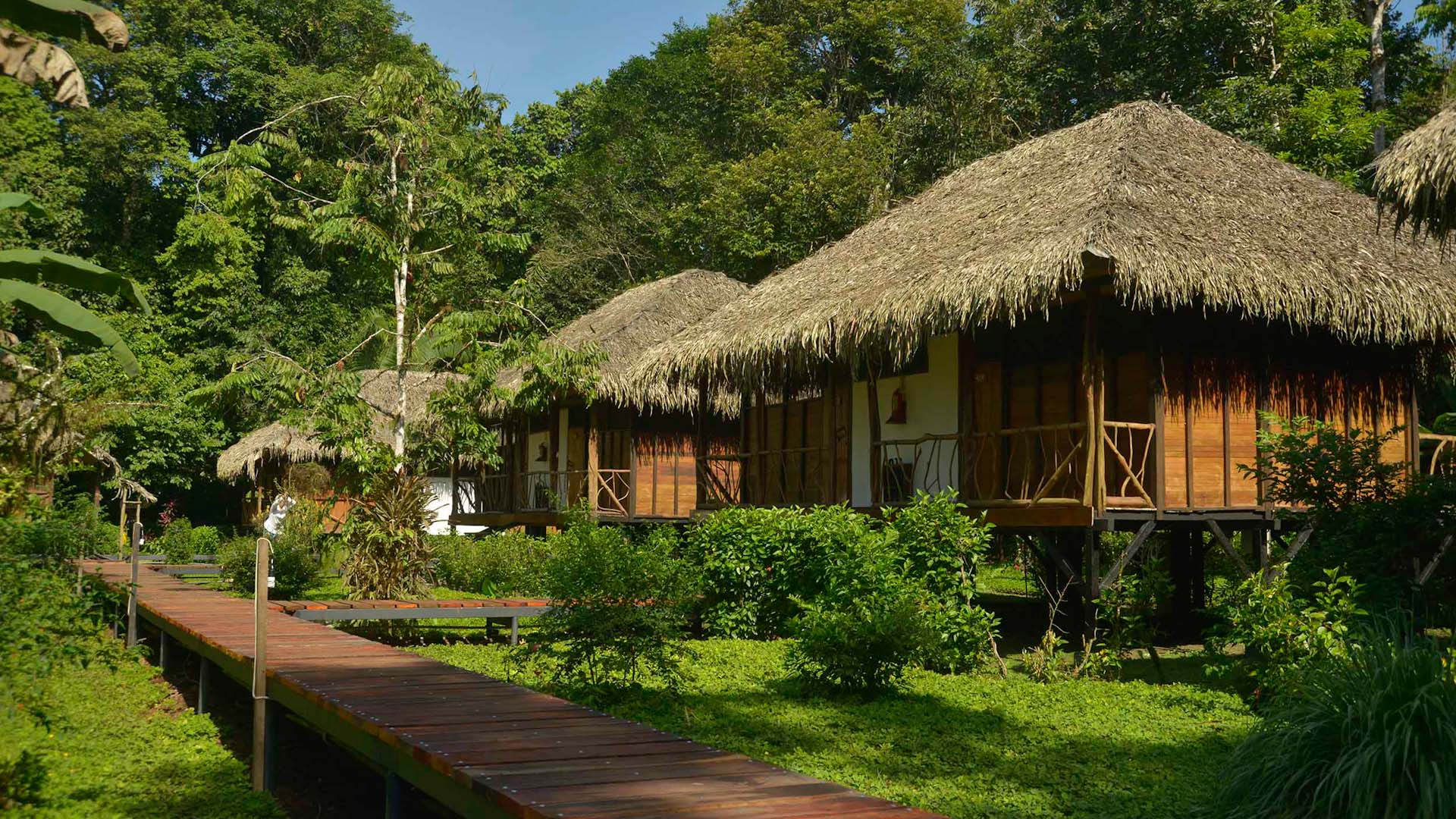
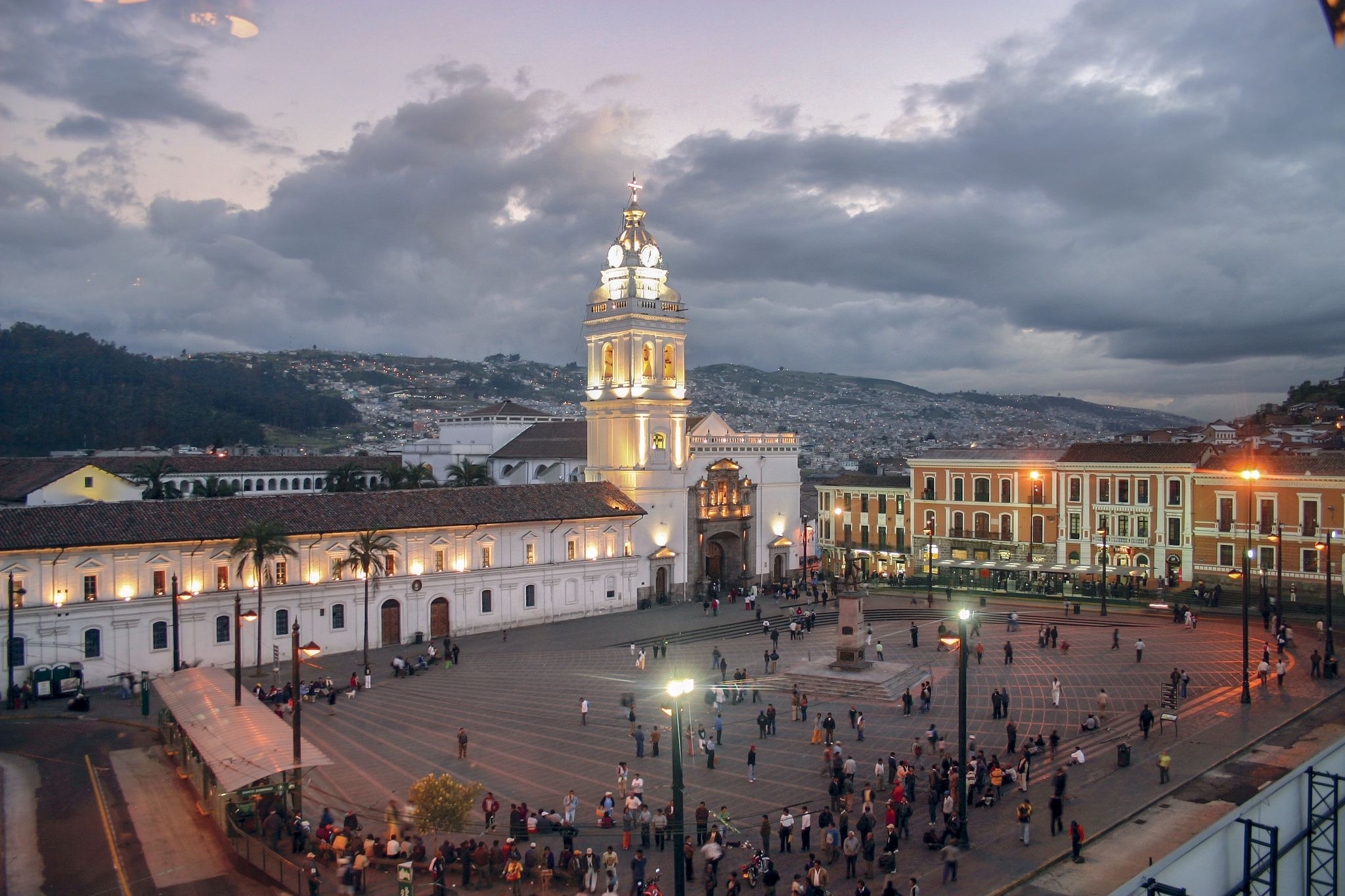
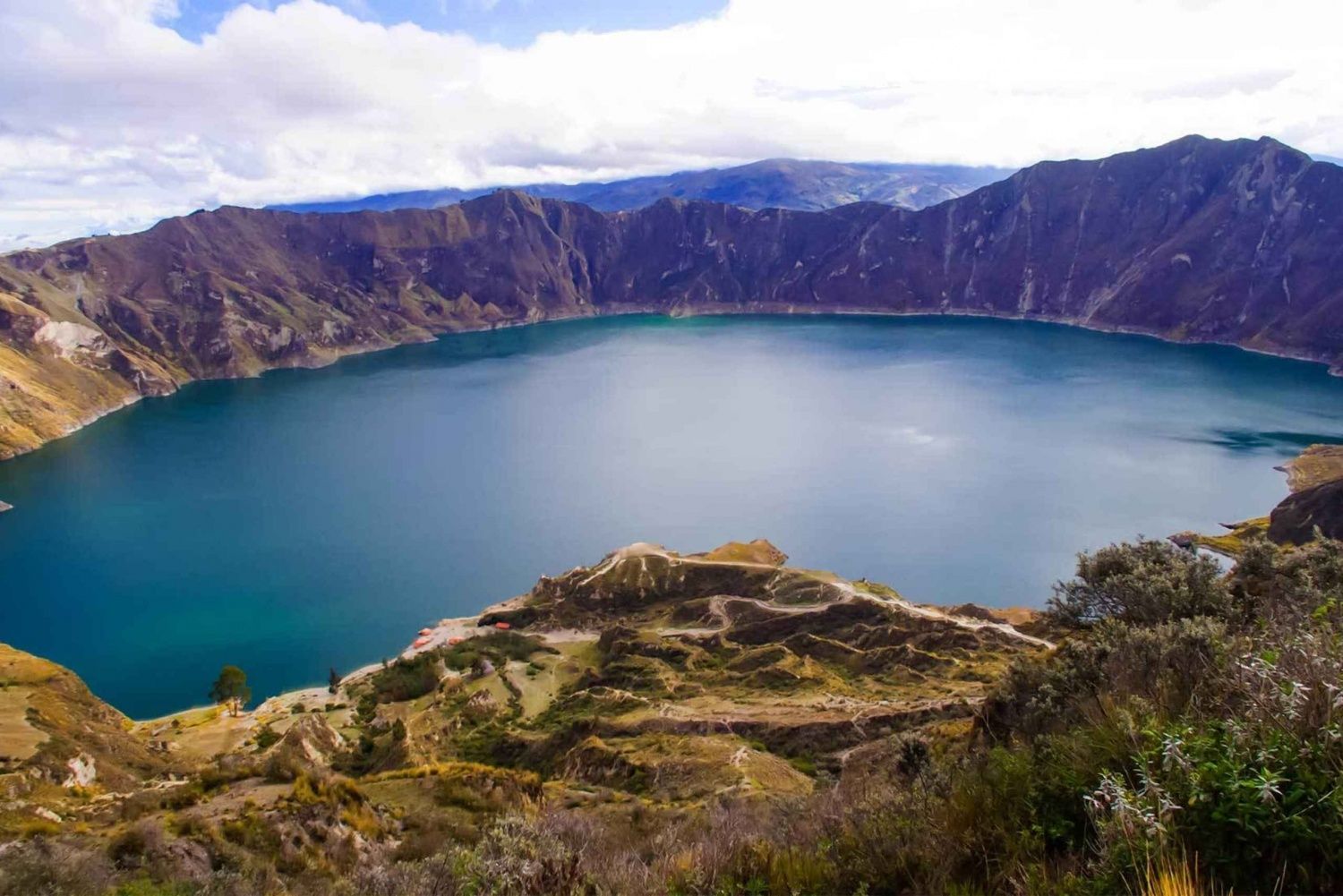
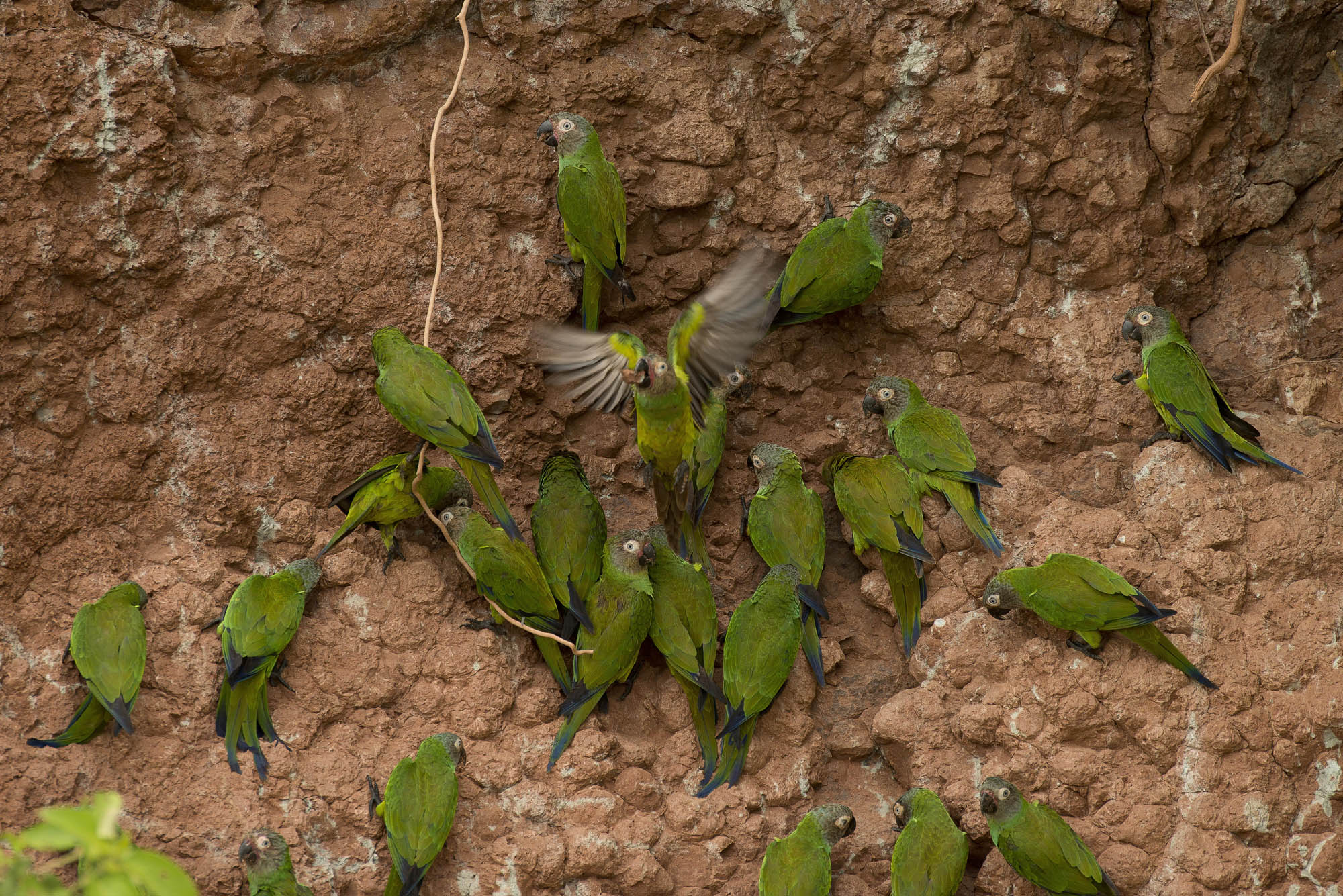
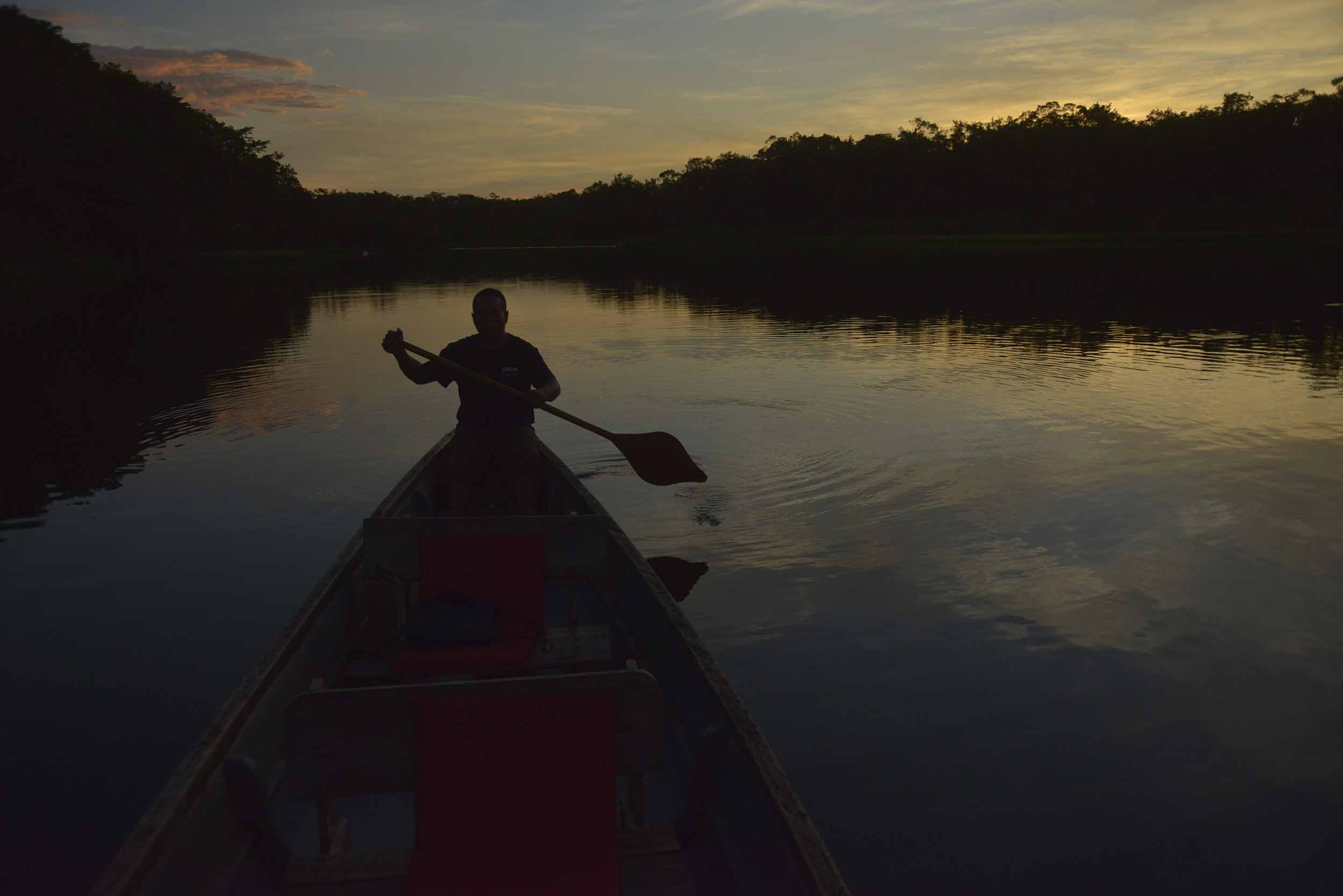
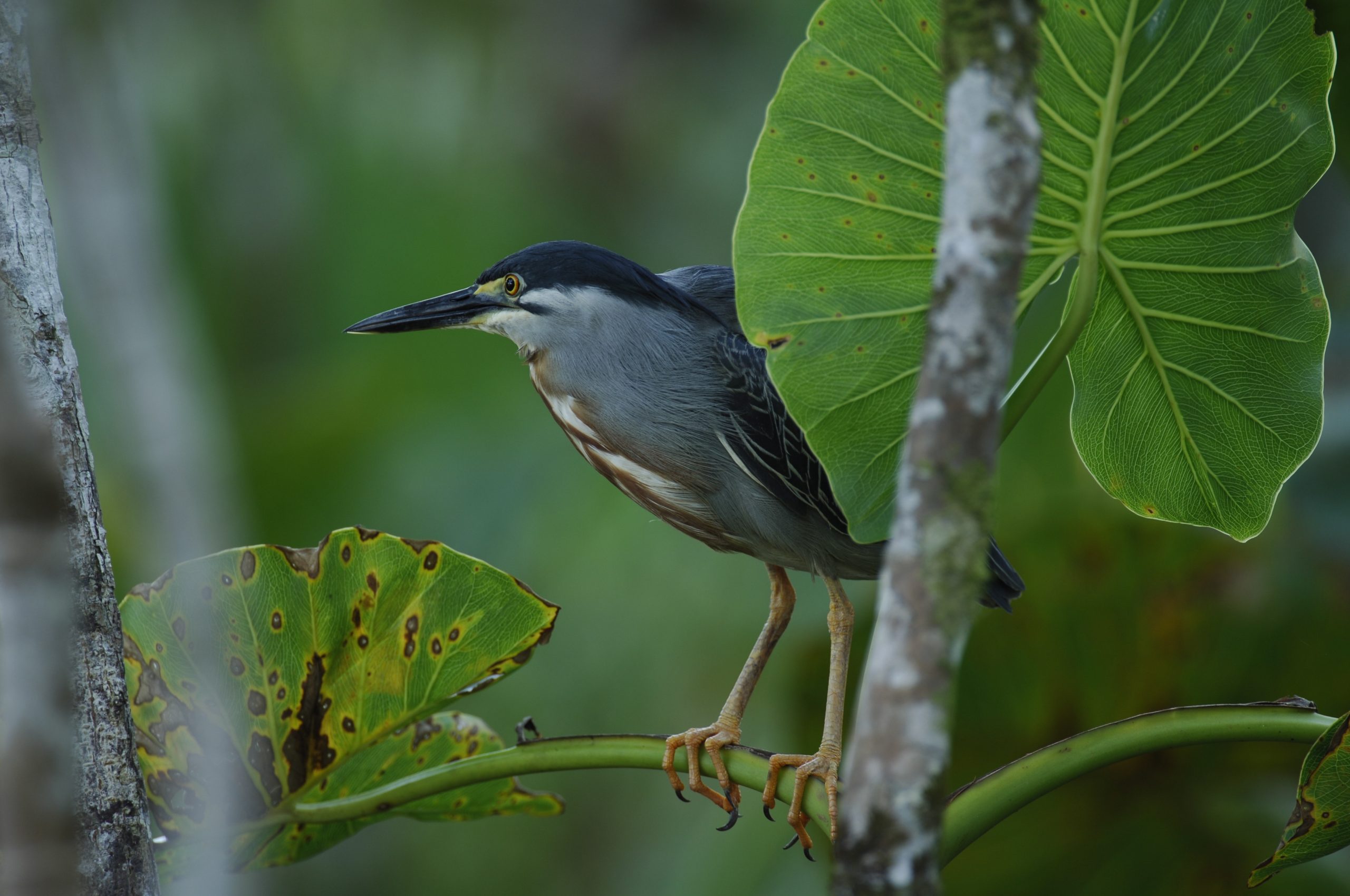
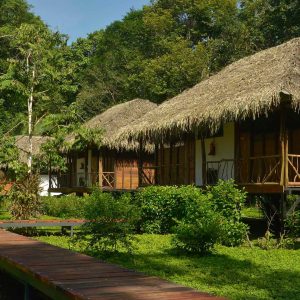
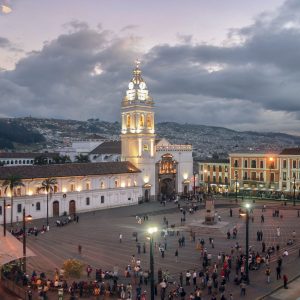
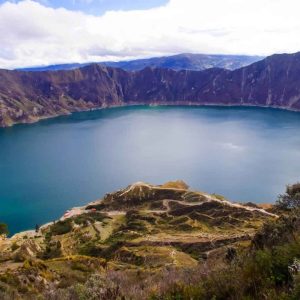
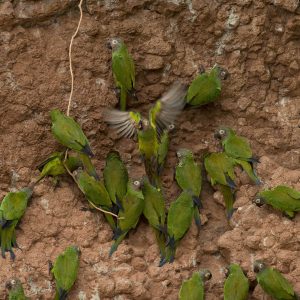
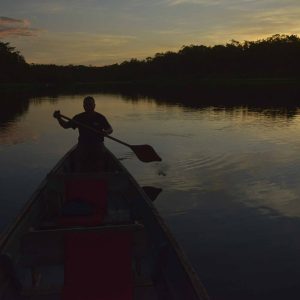
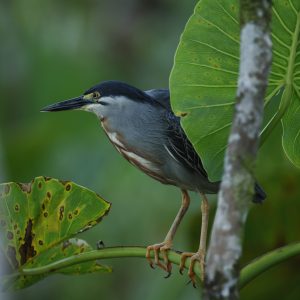

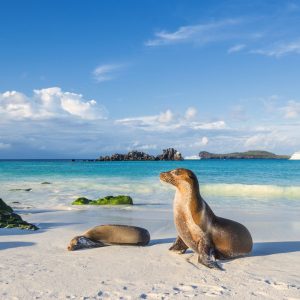
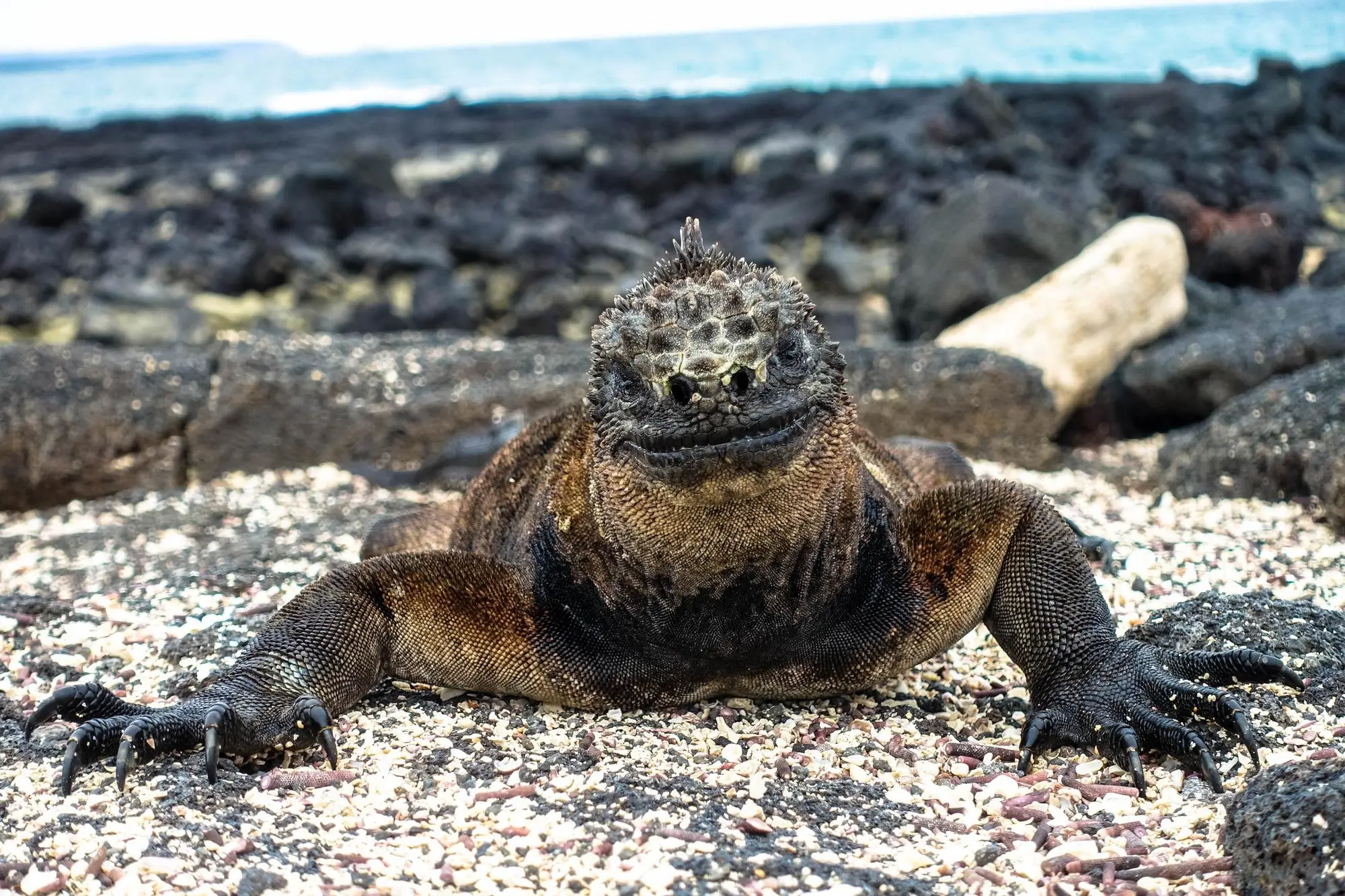
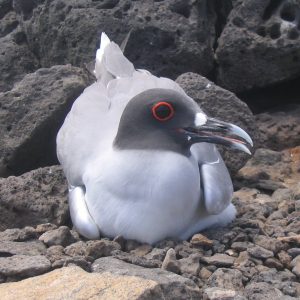
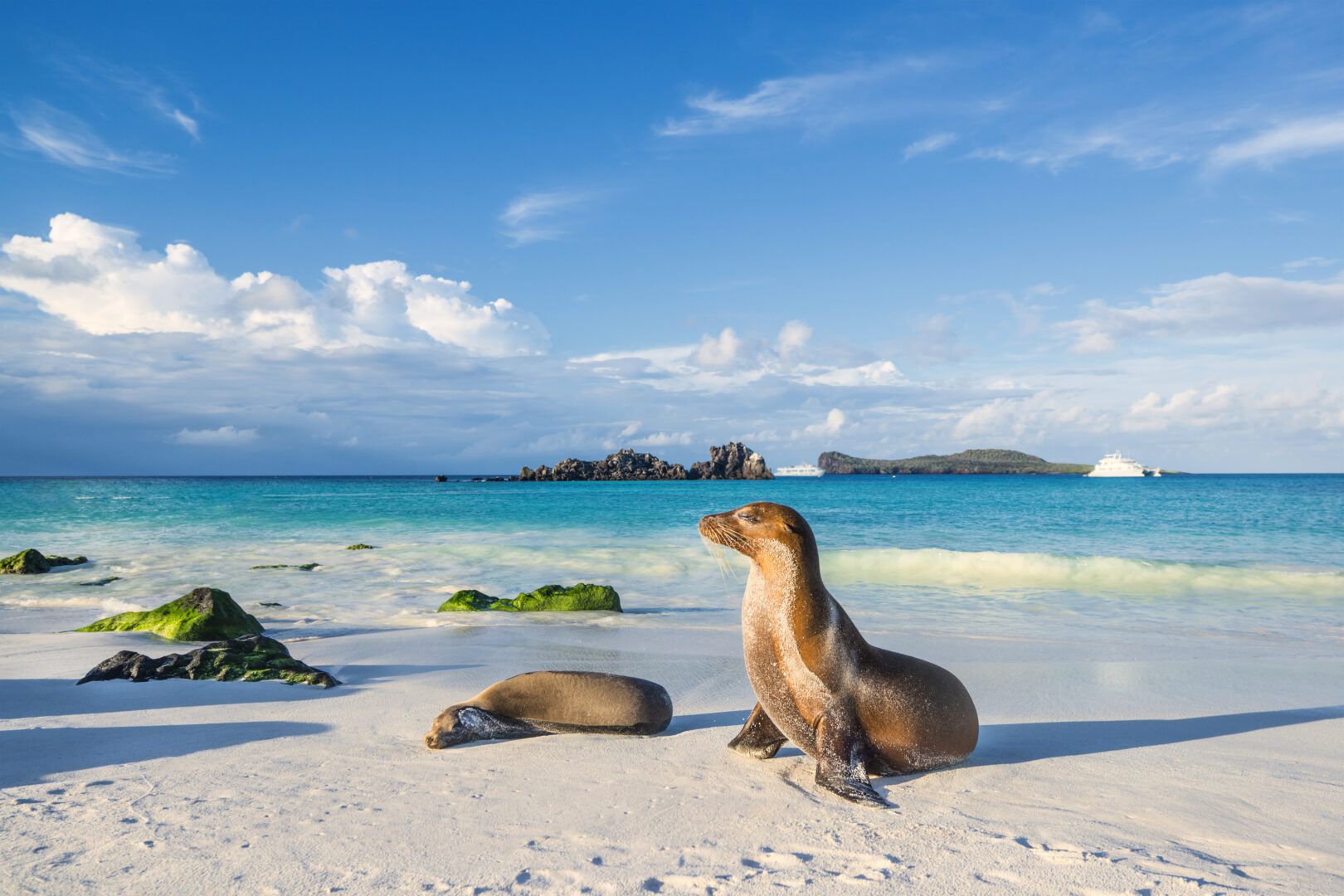
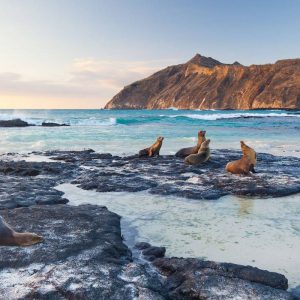

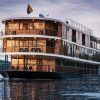
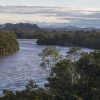
Reviews
There are no reviews yet.